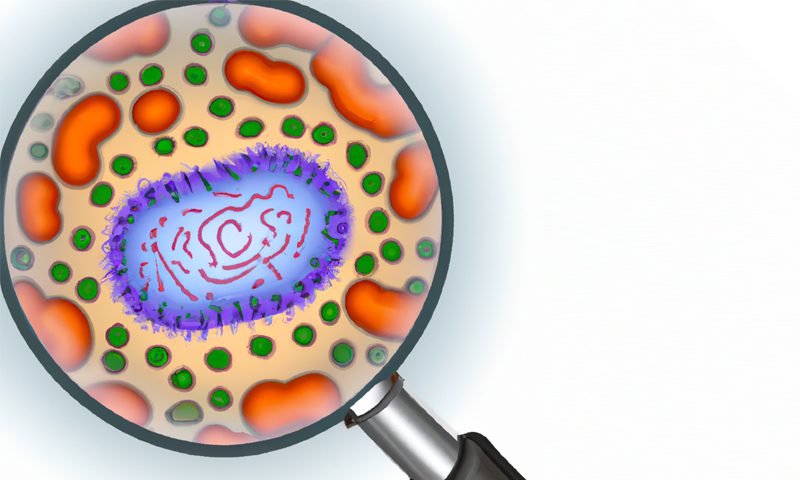One of the upsides of using whole genome sequencing for HAI outbreak detection is that you can take a deeper look into the genetic composition of pathogens and characterize drivers of resistance and spread. When you know what resistance markers you are searching for, this could be pretty straightforward. But sometimes, this approach is not informative enough to really investigate the patterns of an outbreak or the discrepancy between phenotypic and genotypic methods. Sometimes, you need to go deeper…
In response to recent projects where we were asked to investigate the resistance patterns of isolates involved in a long-term persistent outbreak, we went beyond just the presence/absence of known resistance genes and used SNP-level analysis to look at specific mutations (known and novel) that potentially contribute to outbreak persistence. This information turned out to be extremely valuable to Infection Control teams in evaluating the potential impacts of a detected outbreak.
On the tail of these projects, Day Zero Labs is launching a new service – epiXact® ID, a whole-genome sequencing-based identification service that includes in-depth characterization of bacteria and fungi, including species & strain identification, resistance gene profiling, and our proprietary Keynome® gAST analysis, a machine learning-based algorithm to profile antibiotic resistance and susceptibility. The epiXact ID service builds on our extensive experience and R&D in using nanopore long read sequencing for clinical sample analysis and opens the door for additional capabilities such as accurate plasmid identification.
If you are interested in learning more, please visit our main website and reach out via email, LinkedIn, or X (formerly Twitter) to schedule a dedicated discussion.
